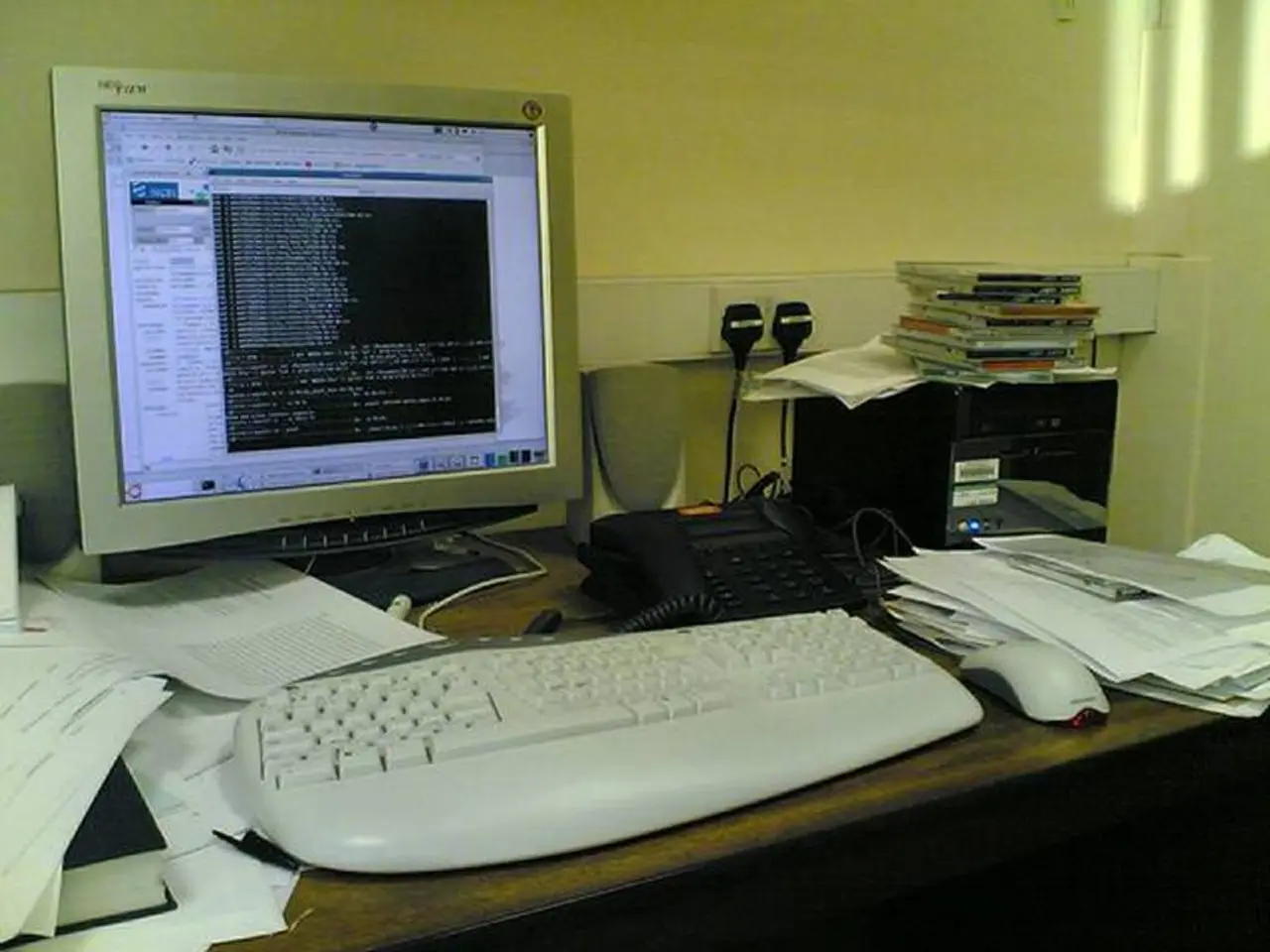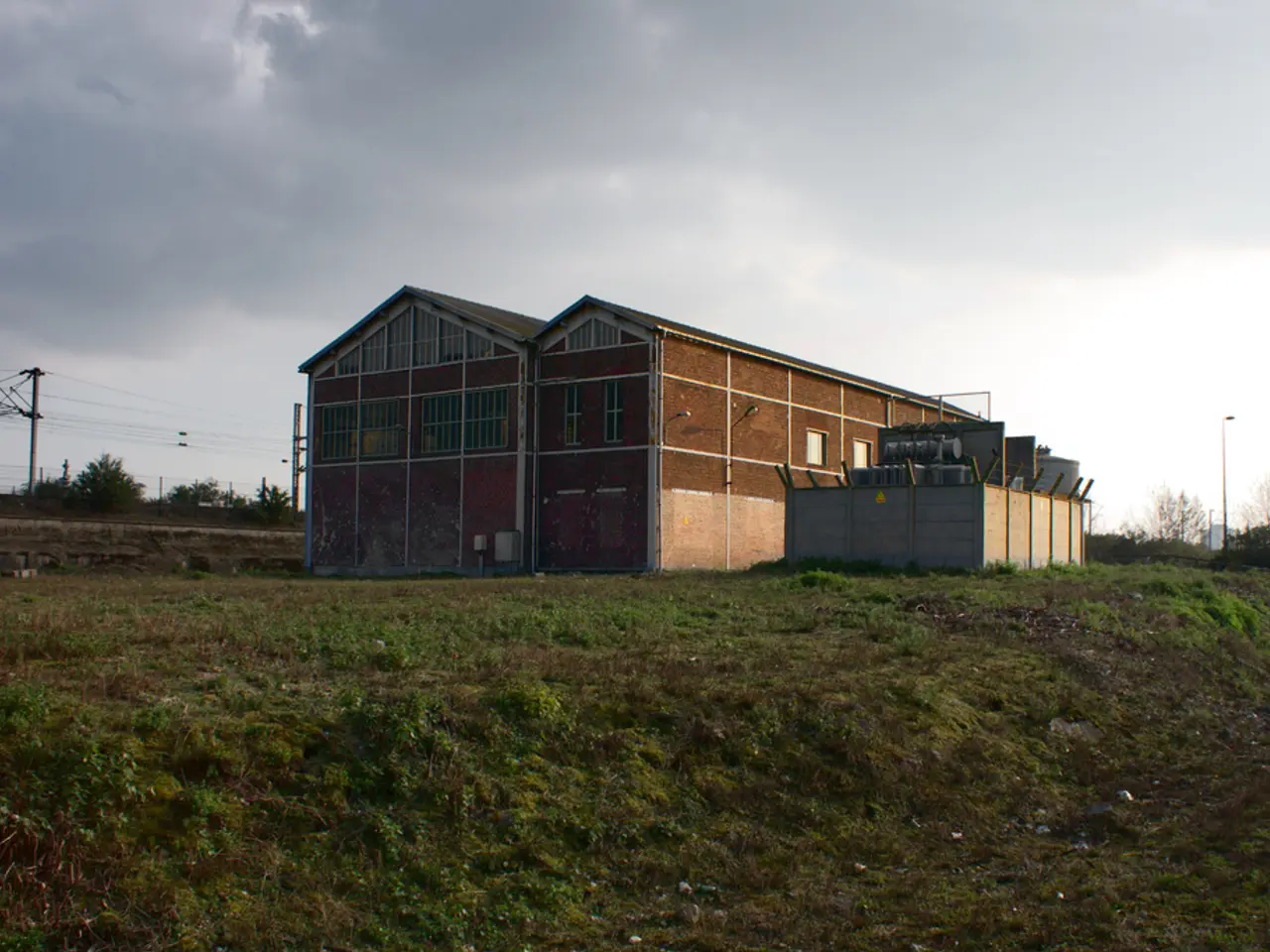Development of the Trades Center Over Time
The financial industry is witnessing a shift towards integrating Execution Management Systems (EMS), Order Management Systems (OMS), and Portfolio Management Systems (PMS), offering numerous potential benefits but also facing notable challenges.
Potential Benefits
The integration of these systems creates a seamless workflow from portfolio decision-making through order execution to order management. This leads to improved operational efficiency, reduced manual errors, and a unified investment view. Solutions like BlackRock’s Aladdin connect front, middle, and back-office operations for enhanced operational efficiency.
The closer collaboration between EMS and OMS within the investment team encourages better trade execution aligned with portfolio strategy. This integration also improves decision-making, offering institutions the ability to respond quickly to market volatility and regulatory needs.
Integrated platforms can provide advanced trade analytics, real-time position and P&L monitoring, and streamline settlement workflows across multiple venues and counterparties. Solutions like Talos exemplify this efficiency.
Current Challenges
Despite these potential benefits, the integration of EMS, OMS, and PMS faces several challenges. Some trading desks and portfolio managers still view these systems as operational tools rather than integral parts of the investment process, hindering full collaboration.
Different vendors and legacy systems create integration complexity, requiring customized connectivity and often substantial IT investment. New regulations, such as the FCA’s changes around joint payments for research and execution, also influence how these systems operate together, requiring firms to carefully manage trade execution transparency and compliance risks.
Ensuring accurate, real-time data flow across disparate platforms is difficult but critical to avoid mismatches in positions, risk reporting, and investment decisions.
Moving Forward
Overcoming these organizational, technical, and regulatory challenges is essential for financial firms pursuing full integration. The transition from concept to implementation has been slow, but the potential benefits of a unified system are significant. A change in design architecture across the entire financial system could significantly benefit new funds, large institutional funds, and the buy-side to sell-side spectrum.
Chris Jenkins, the Managing Director at Tora, is one industry leader advocating for this change. As the multi-trillion-dollar trading industry usually results in a clumsy and complicated amalgamation of systems, hindering efficient trading and enhanced returns, the integration of EMS, OMS, and PMS offers a promising solution.
However, the market leaders are often hesitant to adopt integrated solutions unless they are the best in their class. Reproducing, storing, or transmitting parts of this publication requires written permission from the publisher. The Hedge Funds Guest Articles are copyrighted by The Sortino Group Ltd.
The integration of finance, business, and technology through Execution Management Systems (EMS), Order Management Systems (OMS), and Portfolio Management Systems (PMS) presents a promising solution to streamline trading processes. However, the smooth implementation of these systems faces organizational, technical, and regulatory challenges that need to be addressed for their effective adoption by financial firms.




